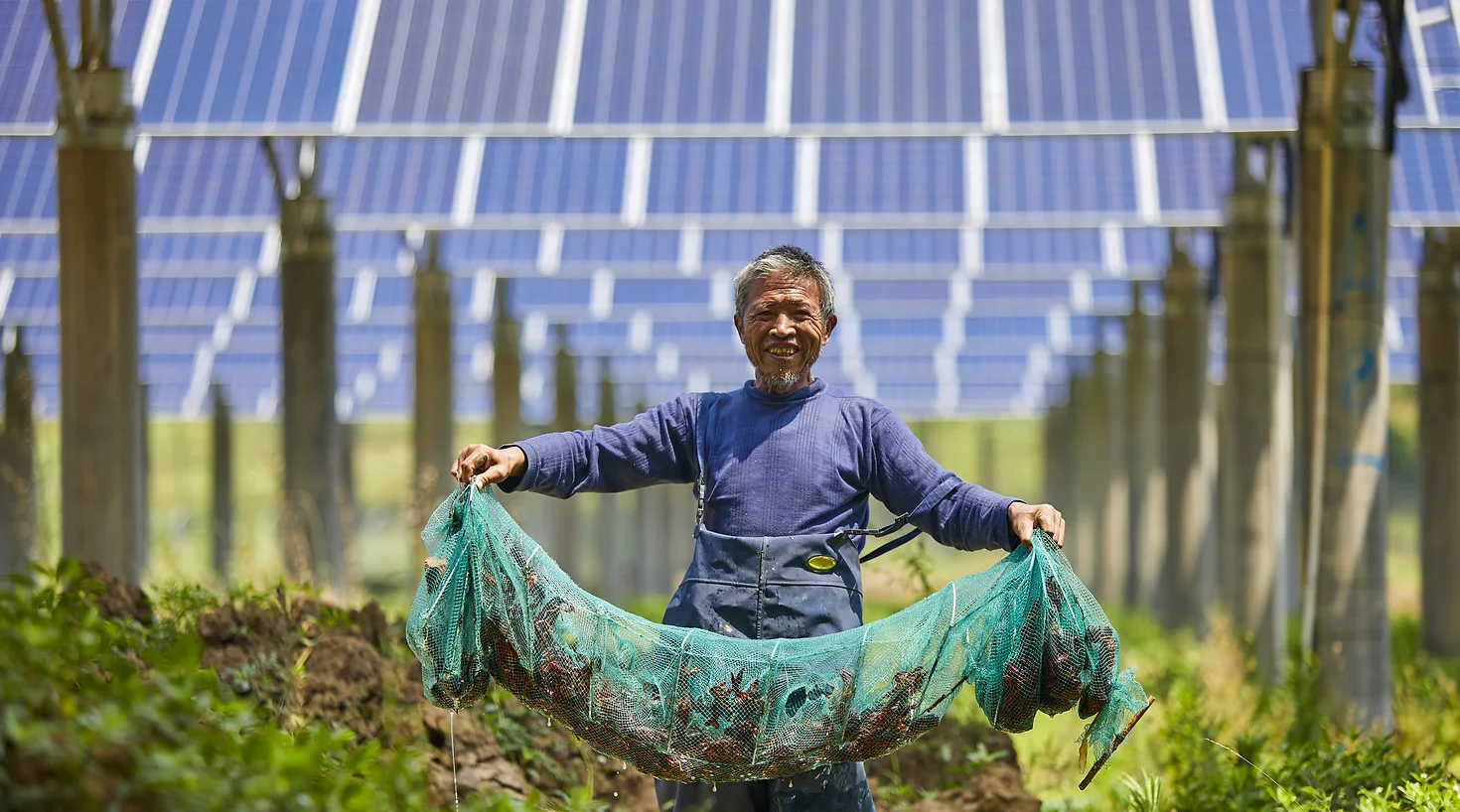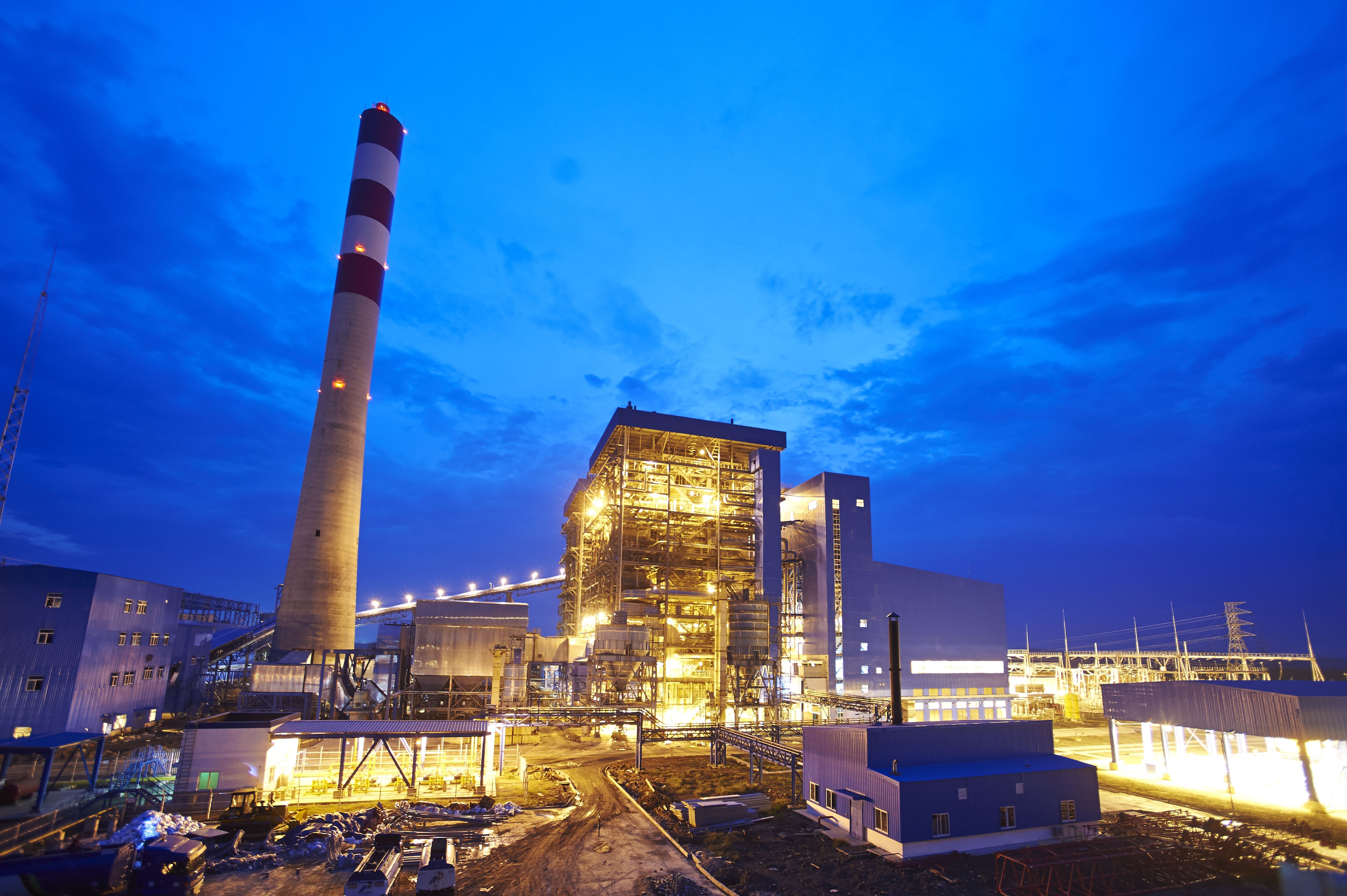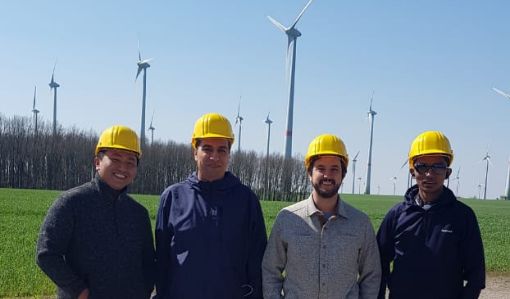
Transisi Energi untuk Rakyat
Pada tahun 2021, transisi energi di Indonesia semakin mendapat perhatian dengan munculnya Komitmen Pemerintah untuk mencapai emisi nol bersih (Net-Zero Emission... Read more.

Are coal power plants the best option to provide electricity? A Climate perspective
The Government of Indonesia will stay committed to the implementation of the Paris Agreement. At least, it is the message that the Indonesian delegate wishes to... Read more.

Belajar dari Wind Farm di Feldheim, Jerman: Catatan Researcher IESR dalam program Fellowship Agora Energiewende
Kontributor: Deon Arinaldo, Energy Information Specialist; Researcher Sebagai bagian dari program Fellowship yang dikelola Agora Energiewende dan Renewables Aca... Read more.
